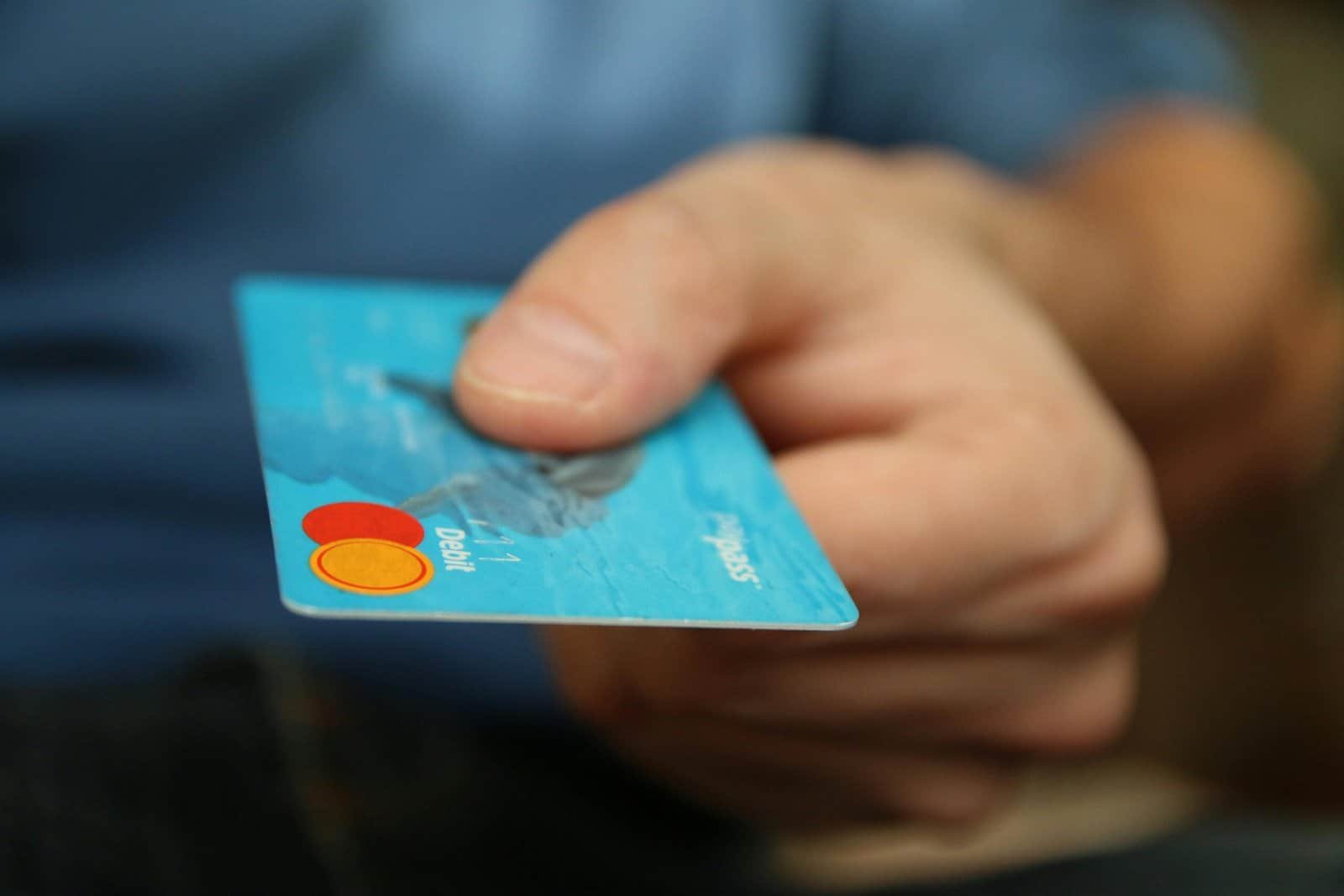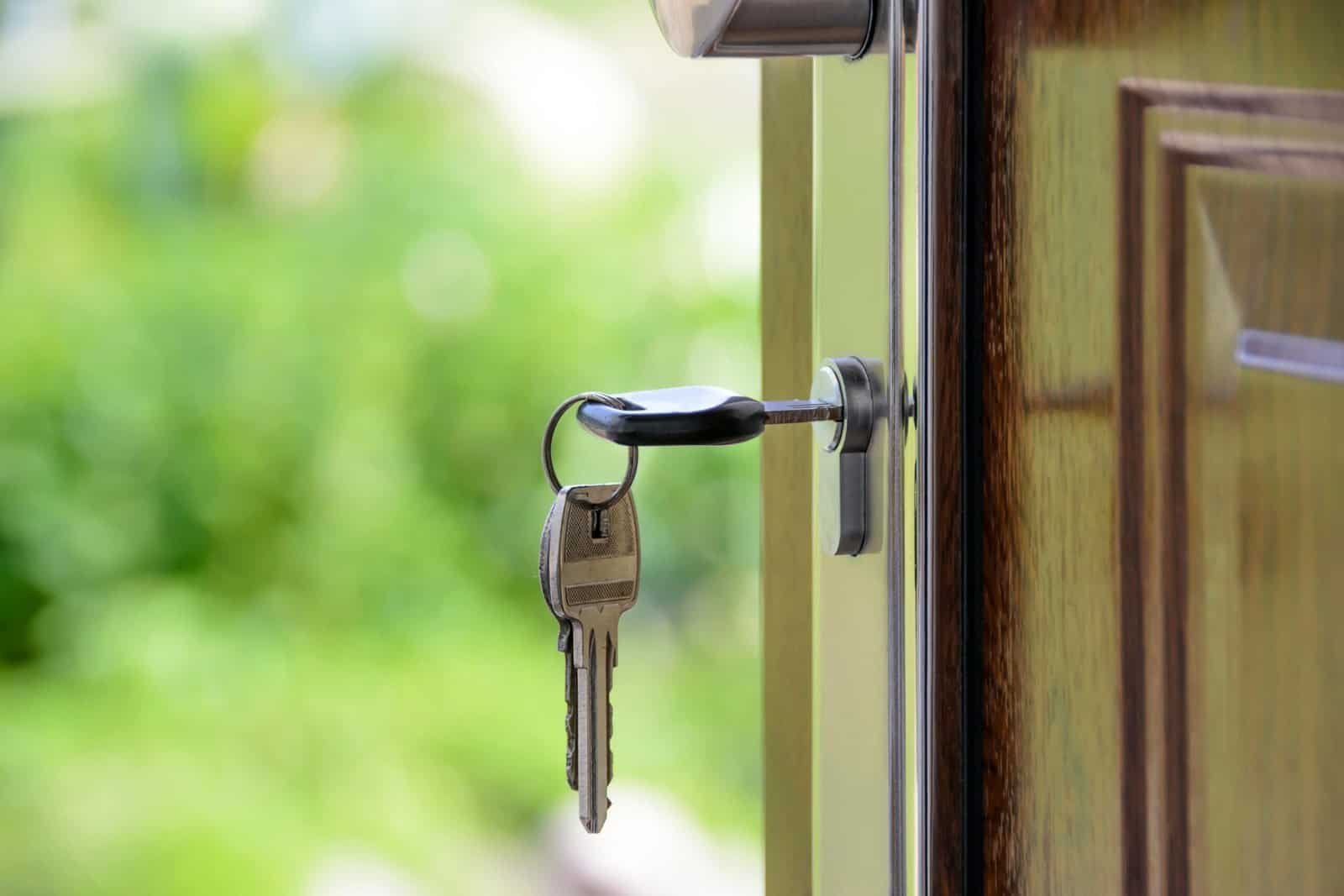Have you ever found yourself intrigued by the world of cryptocurrency but felt unsure about how to actually begin sending and receiving digital currencies? Cryptocurrencies might seem complex at first glance, but once you get the hang of it, they’re quite straightforward and can be a valuable tool in digitizing your finances. Let’s journey together through the essentials of how to send and receive cryptocurrency, making sure you feel comfortable and confident in your crypto interactions.

Understanding Cryptocurrency Basics
Before you send or receive cryptocurrency, it’s crucial to grasp the basics of what you’re dealing with. Cryptocurrency is a form of digital or virtual currency that uses cryptography for security. Unlike traditional currencies controlled by a central authority, cryptocurrencies are typically decentralized and operate on blockchain technology.
What is Blockchain?
A blockchain is a distributed ledger that records all transactions across a network of computers. Blockchain technology is the backbone of all cryptocurrencies, ensuring transparency and security. Each transaction on the blockchain is added to a block, which then gets added to a chain of previous transactions, hence the name blockchain. This technology prevents any one party from altering the records, offering both security and transparency. Understanding this will help you appreciate why cryptocurrencies are considered secure and reliable.
Setting Up a Cryptocurrency Wallet
To send and receive cryptocurrency, you’ll need a digital wallet. Think of it as your personal banking app for cryptocurrencies, but instead of holding physical cash, it holds digital currency.
Types of Cryptocurrency Wallets
There are several types of cryptocurrency wallets, each with its own set of advantages and disadvantages. The choice depends on your preferences for convenience and security.
Hardware Wallets: These are physical devices that store your cryptocurrency offline. They are considered the most secure because they are immune to online hacking. However, they can be lost or damaged if not handled carefully.
Software Wallets: These are applications you can install on your computer or smartphone. They are more convenient than hardware wallets but less secure because they are connected to the internet.
Online Wallets: Often provided by cryptocurrency exchanges, these wallets are accessible through a web browser. They are the most convenient but also the least secure because they are susceptible to online attacks.
Here’s a simple table to summarize:
| Wallet Type | Security Level | Convenience |
|---|---|---|
| Hardware Wallet | High | Low |
| Software Wallet | Medium | Medium |
| Online Wallet | Low | High |
How to Set Up Your Wallet
Setting up your wallet is a straightforward process, similar to opening a bank account. Let’s walk through the process.
Choose Your Wallet Type: Decide on which type of wallet suits your needs. If security is your priority, consider a hardware wallet. If you prefer convenience, an online wallet might be more suitable.
Download and Install: For software and online wallets, download the application or visit the provider’s website and sign up. For a hardware wallet, purchase one from the official website of trusted manufacturers.
Create an Account: This usually involves providing an email address and creating a strong password. Some wallets require extra verification steps like ID verification.
Secure Your Wallet: Write down your private keys or seed phrases and store them in a safe location. This information is crucial for accessing your wallet should you forget your login details.
How to Send Cryptocurrency
Sending cryptocurrency is akin to sending money through a bank transfer, but instead of account numbers, you’ll use cryptocurrency addresses.
Step-by-Step Guide to Sending Cryptocurrency
Here’s an easy-to-follow guide on how to send cryptocurrency:
Open Your Wallet Application: Log into your cryptocurrency wallet via your chosen device.
Select Cryptocurrency Type: Depending on the wallet, you may need to select which cryptocurrency you want to send.
Enter Recipient’s Address: You’ll need the recipient’s wallet address. This is a long string of characters unique to their wallet. Make sure every character is correct, as sending to the wrong address can result in a permanent loss of funds.
Enter the Amount: Specify how much cryptocurrency you want to send. Make sure to take into account the transaction fees.
Confirm the Details: Double-check all the details, ensuring the recipient’s address and the transaction amount are correct.
Send: Press the send button and confirm the transaction in any pop-up prompts.
Understanding Transaction Fees
When sending cryptocurrency, you will often encounter transaction fees. These fees vary depending on the network and the current demand for transactions. Higher fees can result in faster transaction times, especially during peak usage periods. Always be mindful of these fees when making transactions, as they can impact the total cost of your transfer.
How to Receive Cryptocurrency
Just like sending, receiving cryptocurrency is a pretty simple task once you know how it’s done.
Step-by-Step Guide to Receiving Cryptocurrency
Here’s what you need to do to receive cryptocurrency:
Open Your Wallet Application: Log into your digital wallet using regular authentication methods.
Select the Relevant Cryptocurrency: Choose the cryptocurrency you intend to receive to ensure you’re using the correct address.
Find Your Address: Typically labeled as “Receive” or “Deposit,” your cryptocurrency address will be displayed. This is the address you will share with the sender.
Share Your Address: Safely share your address with the person or platform sending you cryptocurrency. You can usually copy it directly from your wallet or use a QR code for convenience.
Wait for Confirmation: Once the sender completes the transaction, you’ll receive a confirmation. The time it takes can vary depending on the blockchain network and traffic.
Ensuring Secure Transactions
Always ensure your receiving address is correctly copied and shared to avoid errors. Double-check with senders to confirm the address if necessary. Additionally, maintain caution when sharing your address, keeping in mind that while addresses don’t reveal personal information, they should still be shared responsibly.

Managing Your Cryptocurrency
Once you’ve successfully sent or received cryptocurrency, managing your digital assets effectively becomes critical.
Monitoring Your Balance
Most wallets will automatically update and display your latest balance. Regularly check your wallet to remain aware of your holdings. Several wallet applications offer the ability to view transaction histories, enabling you to track all your send and receive transactions.
Securing Your Assets
Security can’t be overemphasized in the crypto world. Always use wallets with robust security features. Enable two-factor authentication if your wallet offers it, regularly update your applications to patch any vulnerabilities, and remain vigilant about potential phishing attacks. Store backup recovery phrases securely, as they are your lifeline should you forget your password.
Troubleshooting Common Issues
In the realm of cryptocurrency, you might occasionally encounter problems. Let’s address a few common issues and how to resolve them.
Transaction Delays
Sometimes, cryptocurrency transactions take longer than anticipated. This delay can stem from high network congestion or low transaction fees. If your transaction is taking too long, check the network status and consider whether increasing your transaction fee might have expedited the process.
Incorrect Addresses
Mistakes happen, and entering an incorrect address is a common issue leading to lost funds. Since blockchain transactions are irreversible, always double-check and confirm addresses before sending cryptocurrency.
Security Concerns
Phishing scams and fraudulent emails can pose threats. Be skeptical of unsolicited emails asking for personal information or login credentials. Always verify the source before clicking on links or providing sensitive information.

Conclusion
So now that you know, isn’t it fascinating how straightforward sending and receiving cryptocurrency can be once you break it down? Whether you’re a newcomer or an enthusiast looking to solidify your knowledge, understanding these key steps ensures you can navigate the digital terrain with confidence. It’s always exciting to be a part of the evolving financial landscape, and by applying what you’ve learned, you’re well on your way to making savvy crypto decisions. Remember, the priority is to stay informed and secure, paving the way to a seamless crypto experience.
